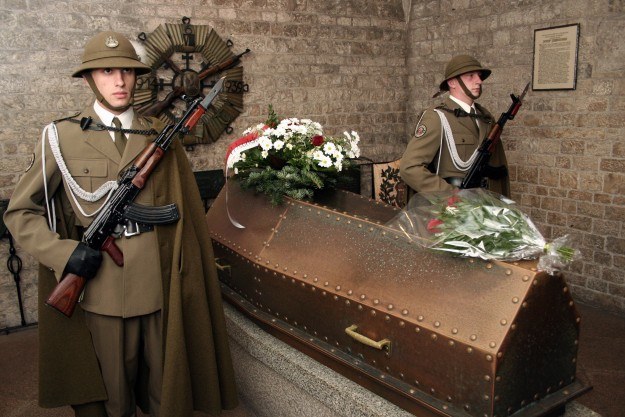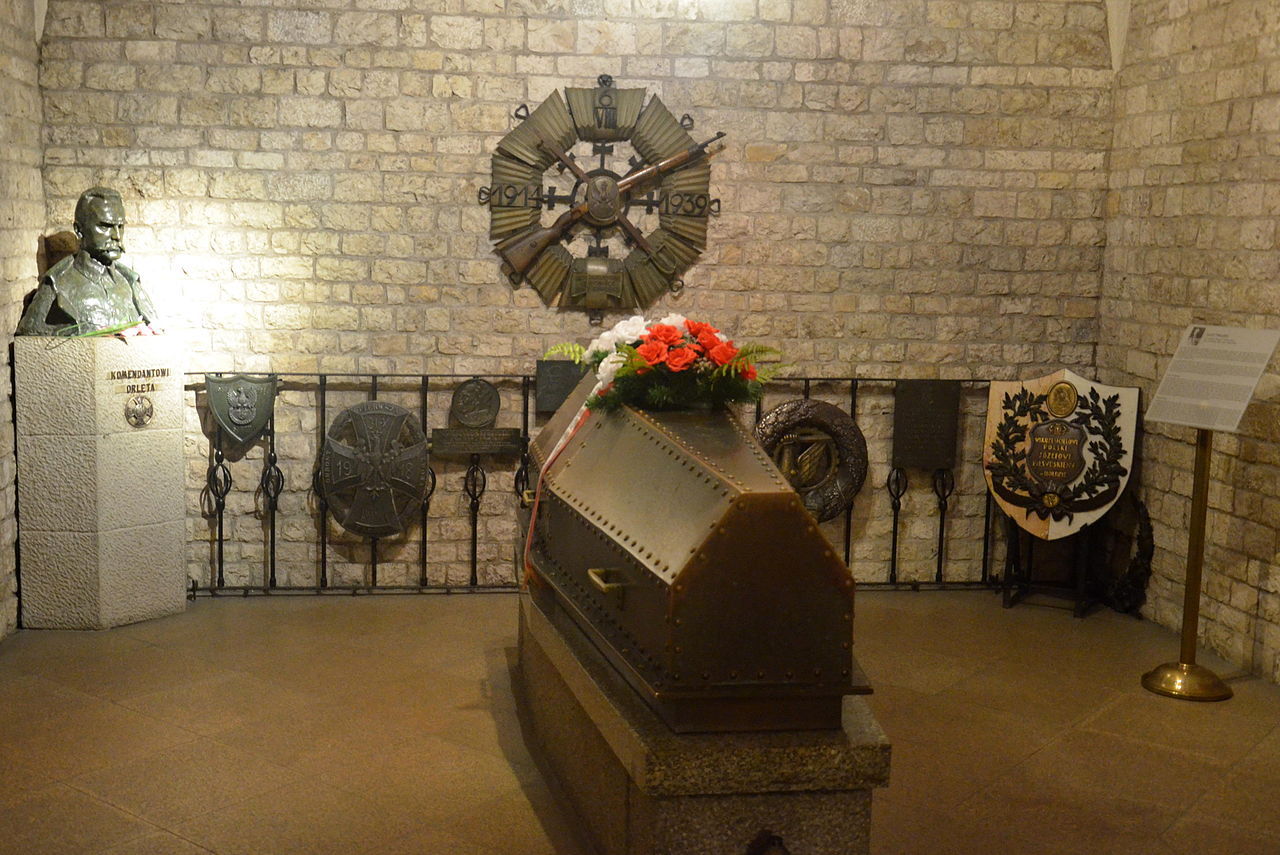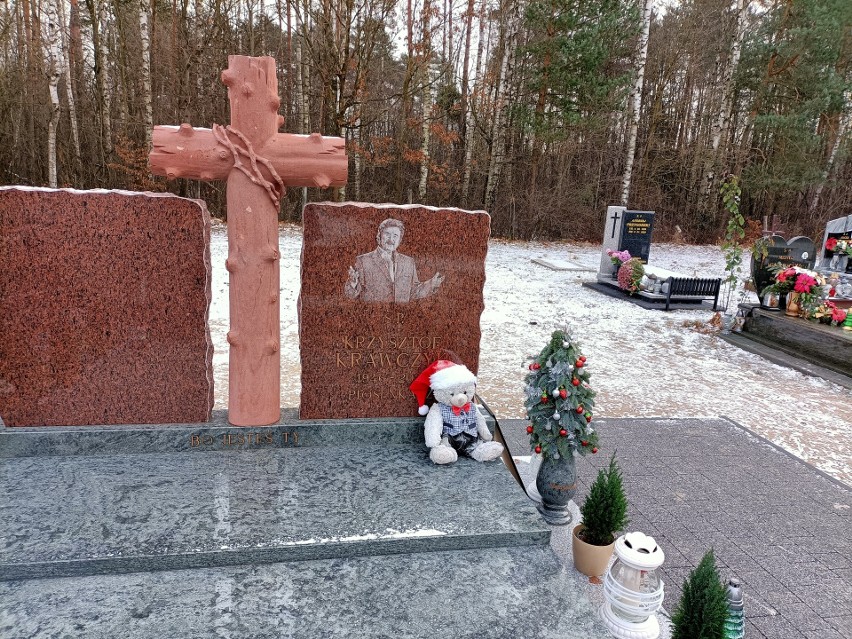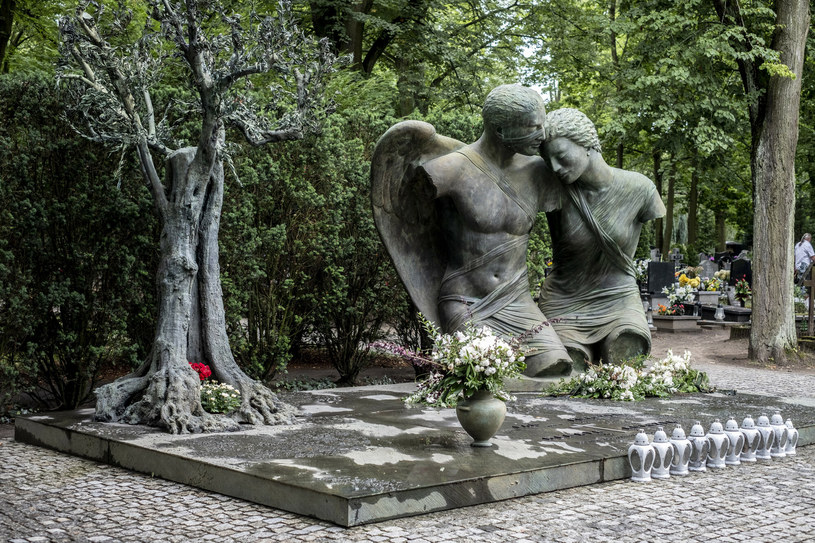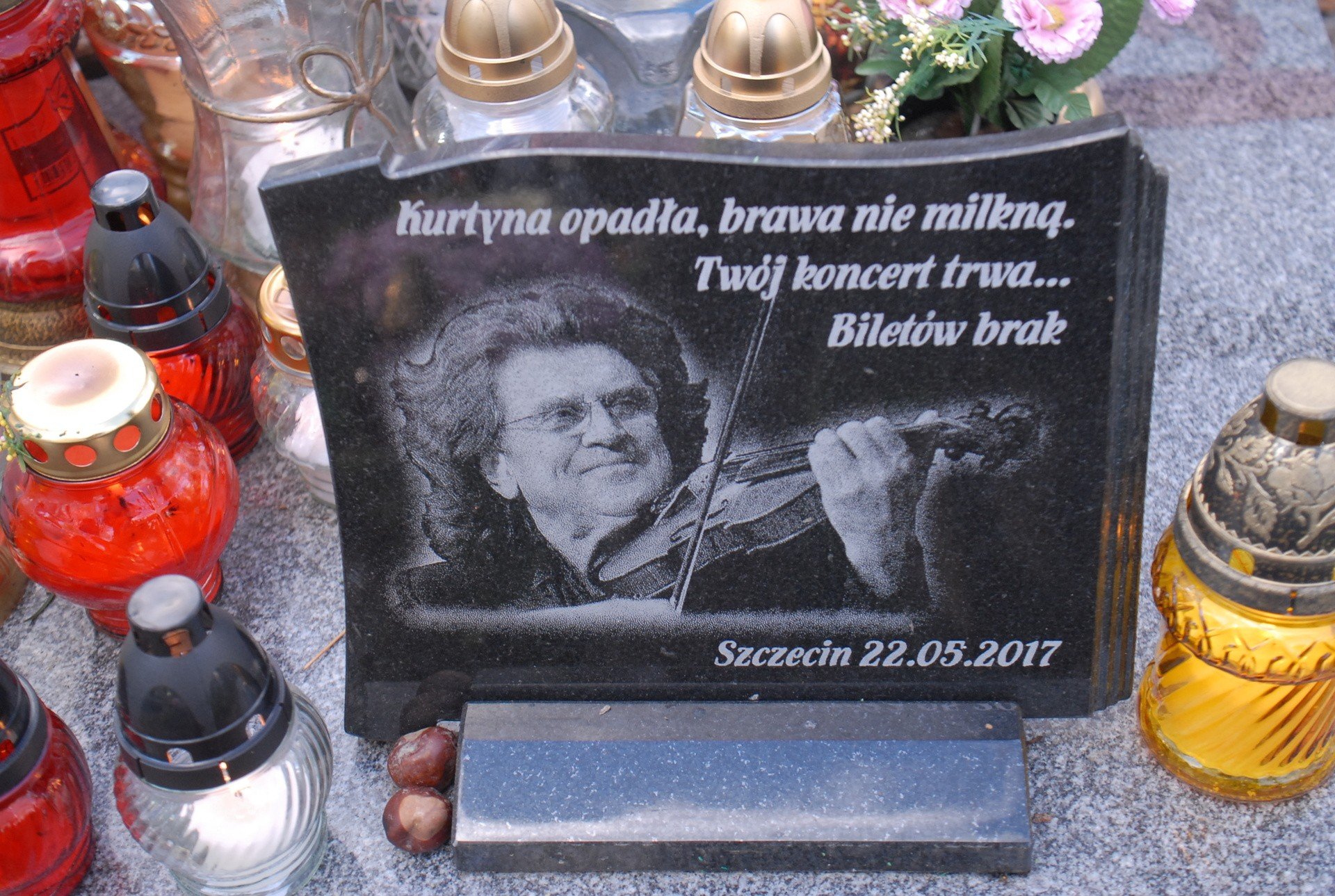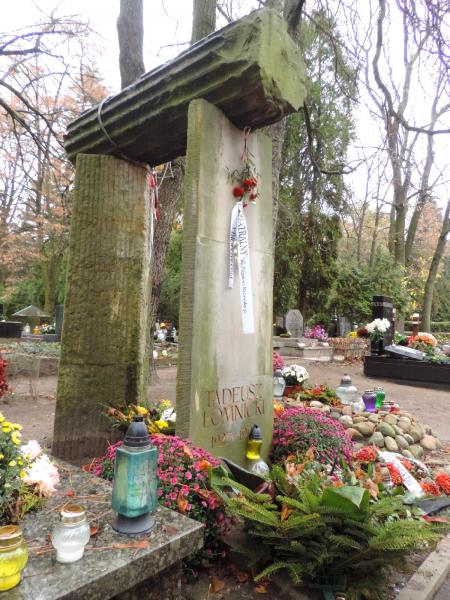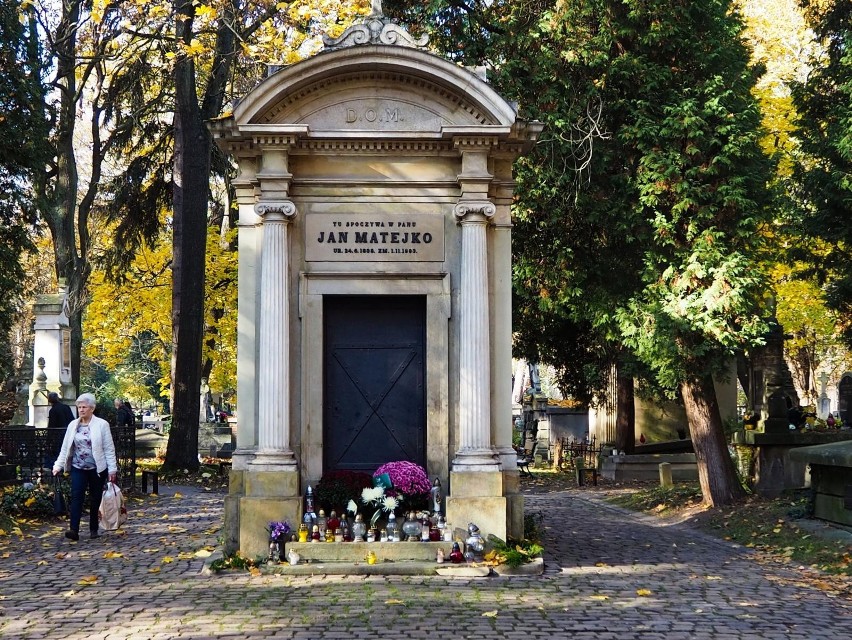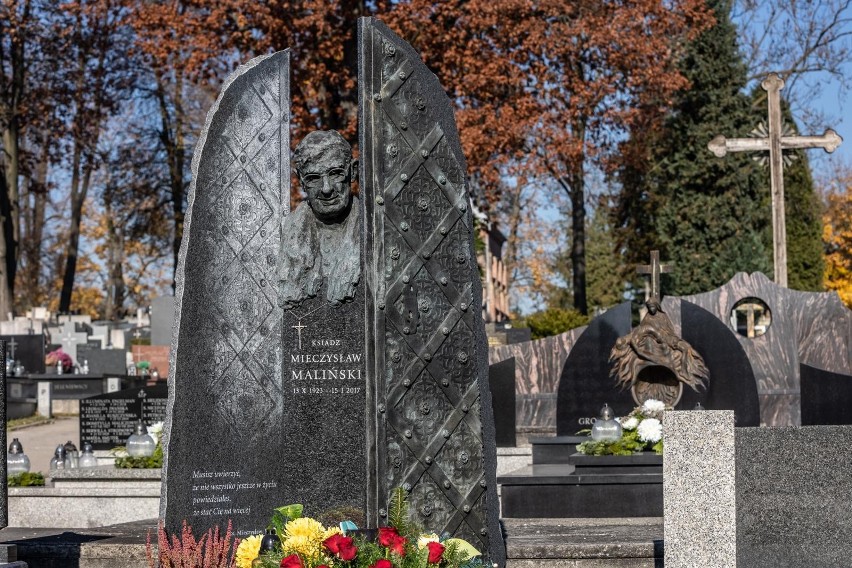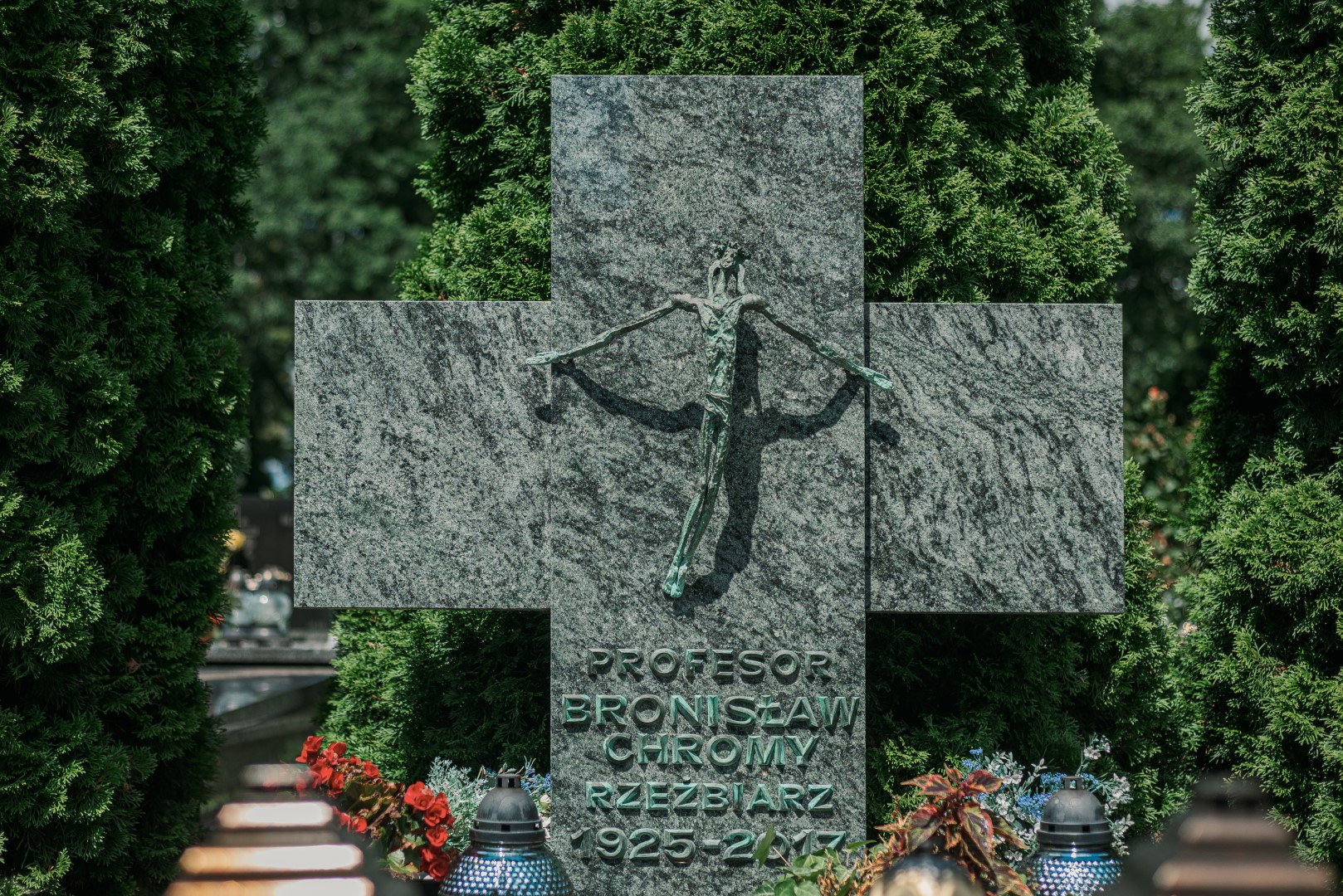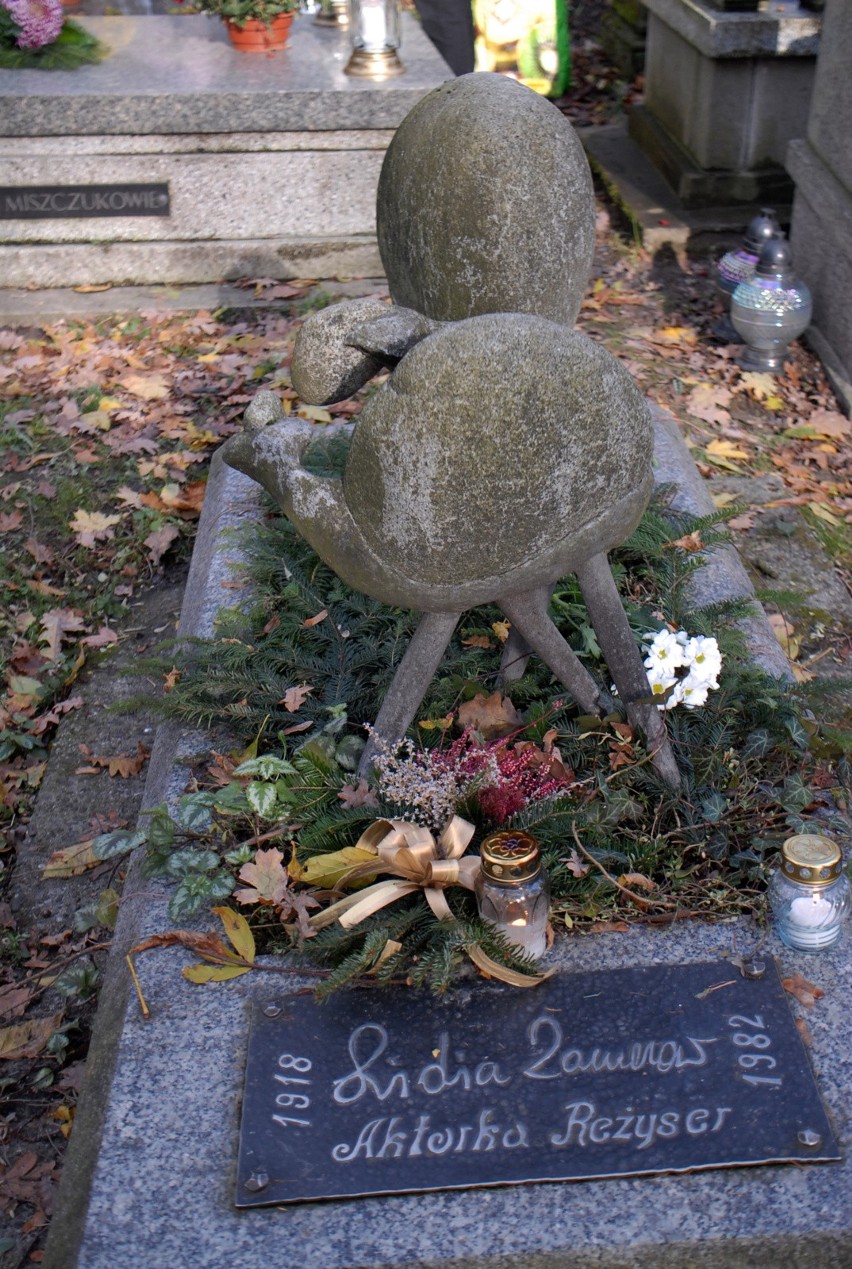Post by Bonobo on Nov 1, 2017 10:10:28 GMT 1
They are in the Wawel Castle Cathedral.
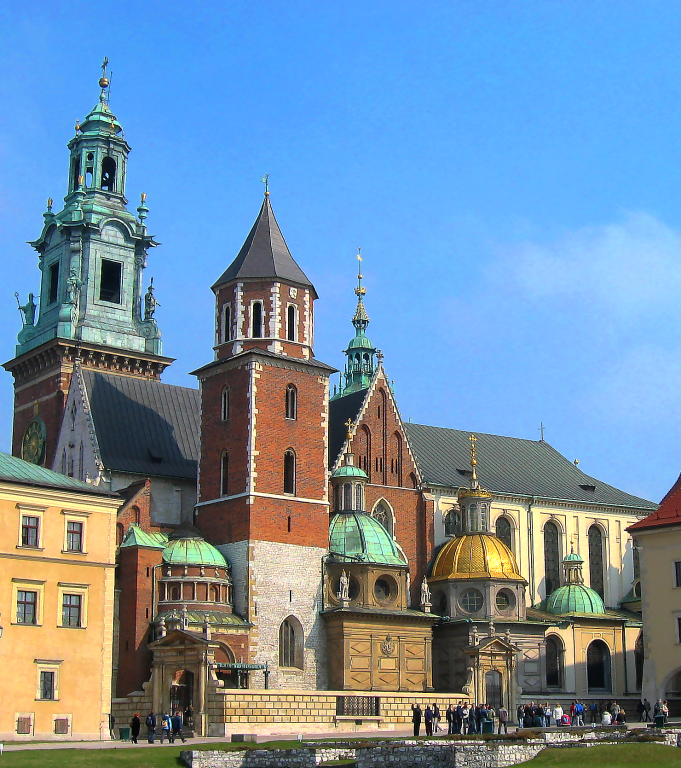
Kazimierz Jagiellończyk`s tomb, from late 15 century, one of the most spectacular and realistic. After opening his grave, mysterious things happened - scientists started dying.
The Curse of Kazimierz Jagiellończyk*
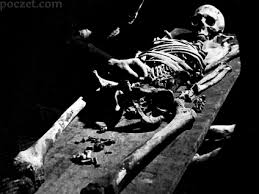
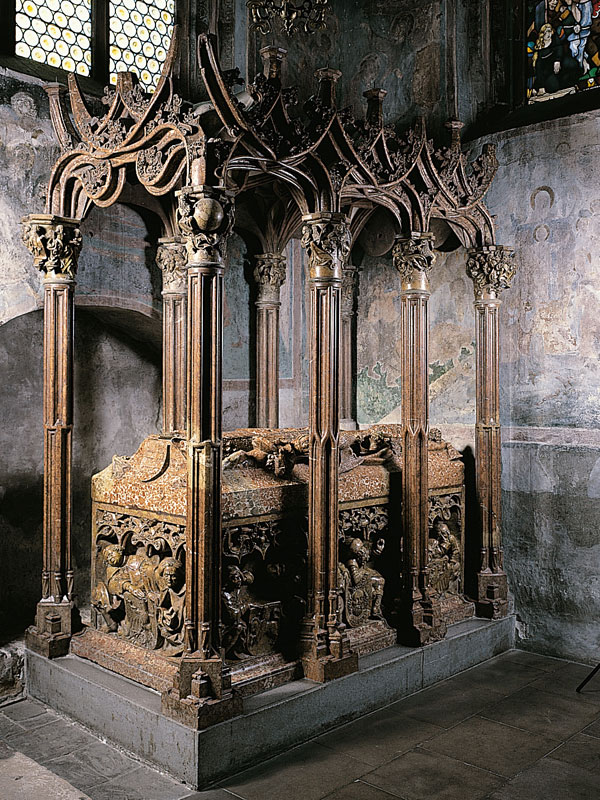

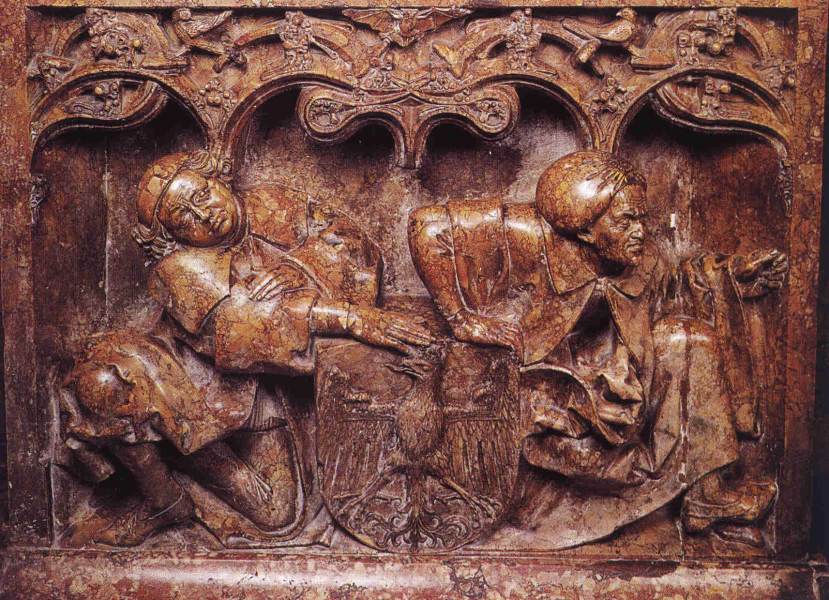
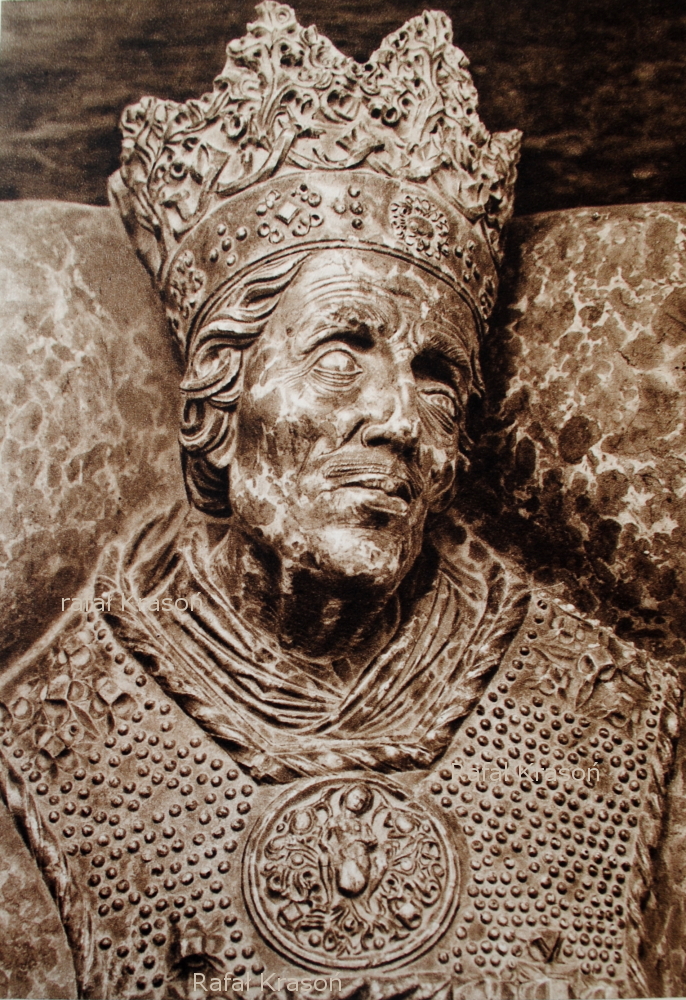

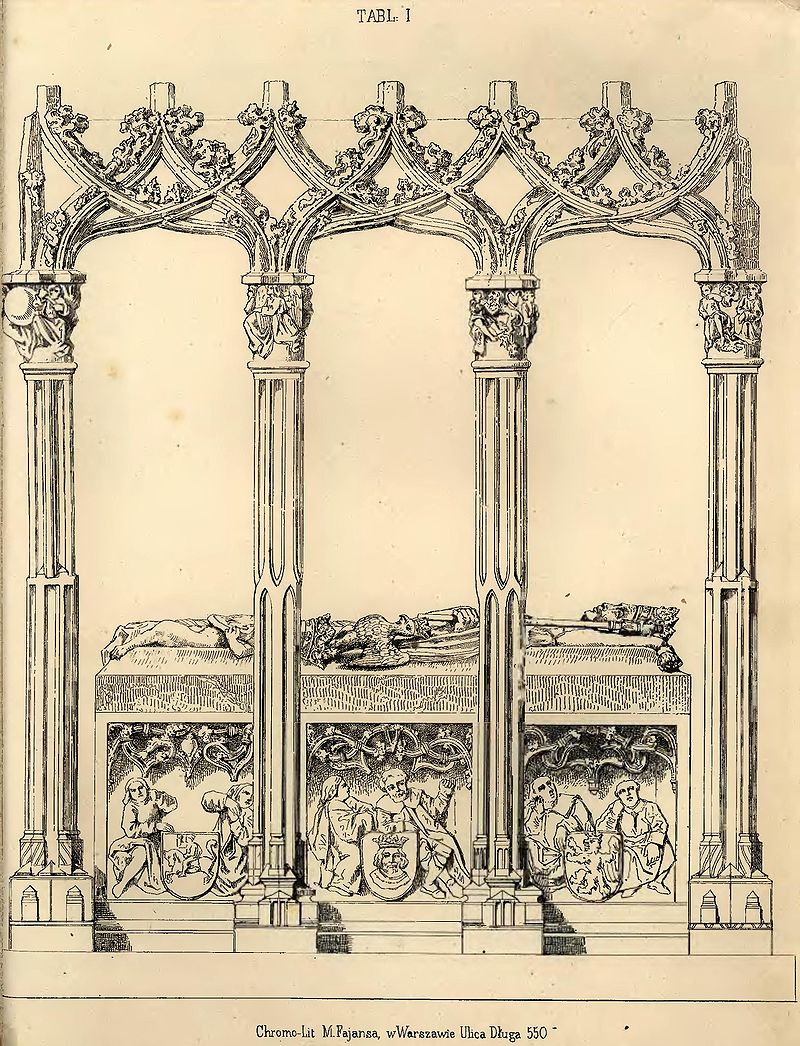
pl.wikipedia.org/wiki/Nagrobek_Kazimierza_IV_Jagiello%C5%84czyka
Władysław Warneńczyk, died at 20 in the battle
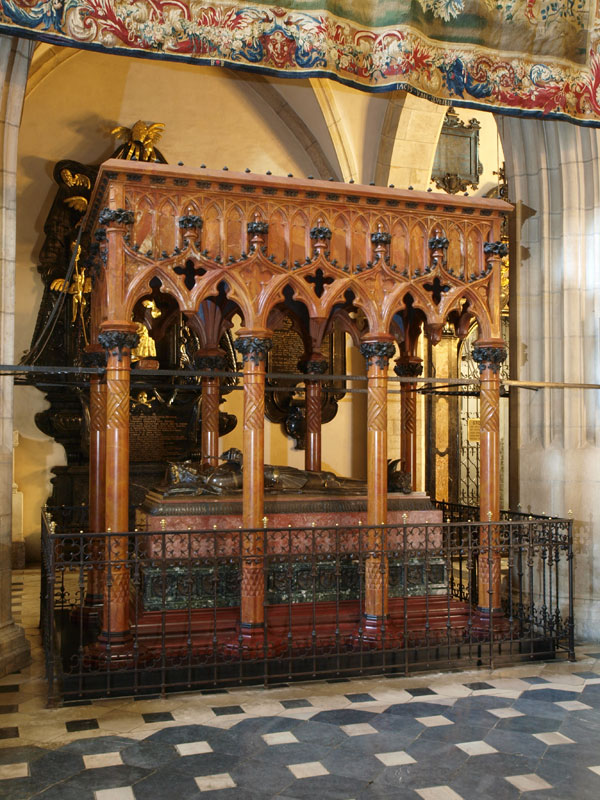

Kazimierz Wielki`s, one of greatest kings
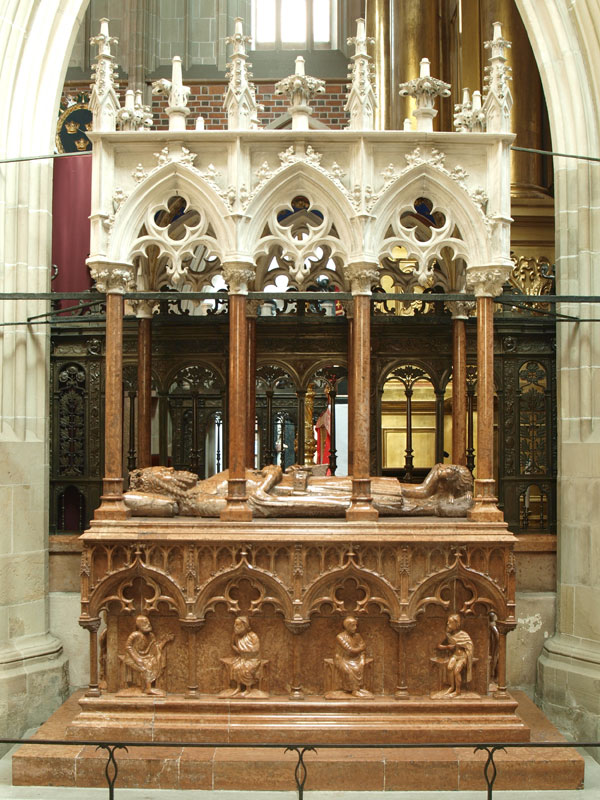


Sigismund Old and August, father and son
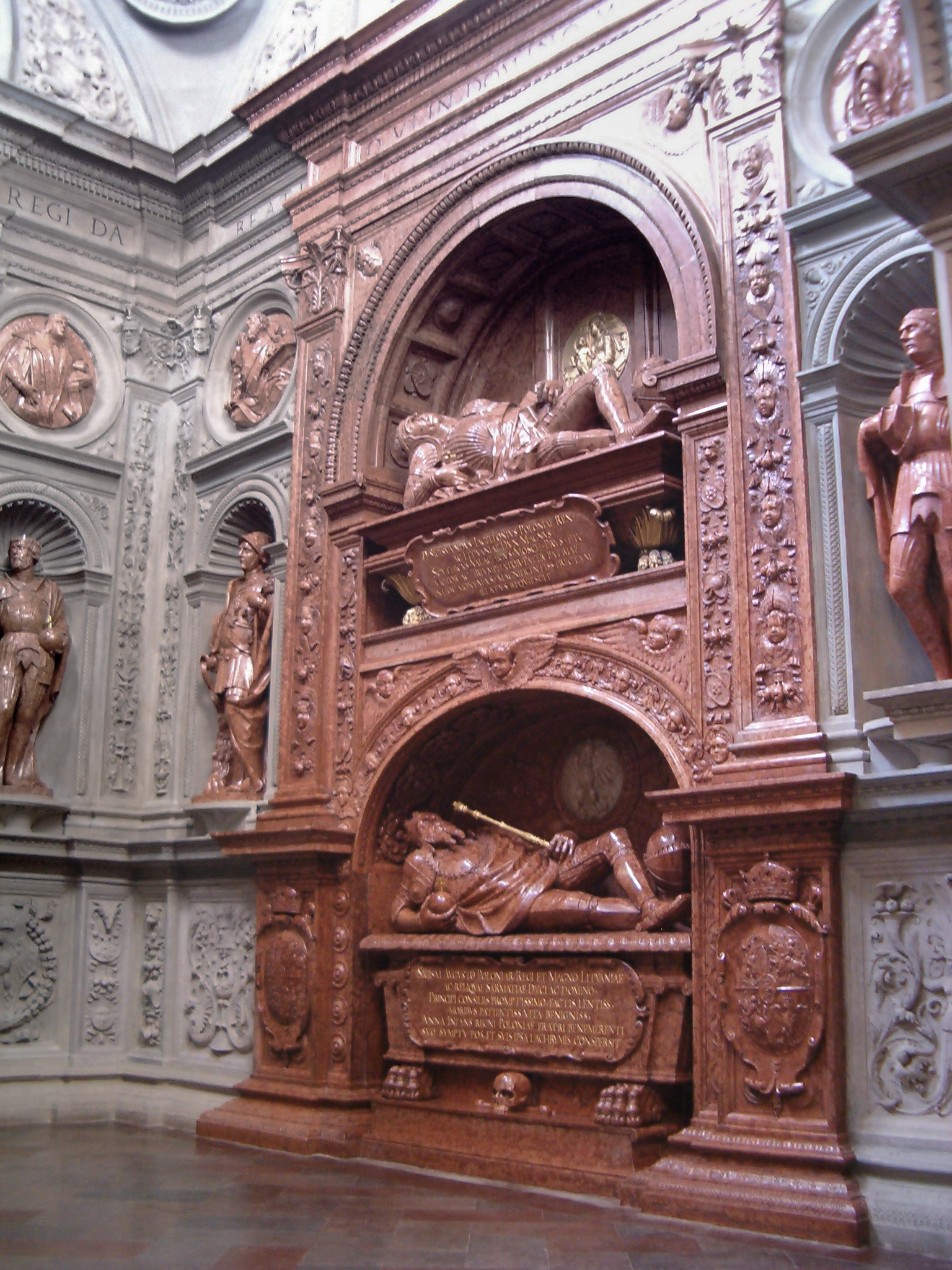

More
www.katedra-wawelska.pl/historia-katedry/katedra-krolewska/
*
www.ancient-origins.net/history-famous-people/cursed-tomb-polish-king-casimir-iv-jagiellon-005712
The Cursed Tomb of the Polish King Casimir IV Jagiellon
When Howard Carter opened the tomb of King Tut and people who were with him started to become ill and die many thought that it was due to the curse of the pharaohs. A similar way of thinking appeared in the early 1970s in Crackow (Kraków, Poland), when a group of researchers opened the tomb of King Kazimierz Jagiellończyk, known also as Casimir IV Jagiellon.
In 1973, four of the twelve people in the group of archaeologists passed away shortly after the tomb of the king was opened. The media likened the story to the incidences which happened 50 years earlier in Egypt, after the opening of tomb KV62, which belonged to the young pharaoh Tutankhamun. It should be noted that this was still a period when microbiology was not very advanced in historical and archaeological research.
Opening the Tomb
In the 1970s, Poland was a socialist country and many types of research were not allowed. It was not easy to receive an agreement to examine many historical sites, so the excitement amongst the archaeologists who were granted permission for any kind of research was immense. Cardinal Karol Wojtyła, archbishop of Kraków, was a main supporter of the researchers who were studying King Kazimierz Jagiellończyk. As a person who seemed unstoppable, he was responsible for the final decision to allow the opening of the tomb. (A few years later, this priest became Pope John Paul II.)
500 years after the funeral of the king, people were about to examine his remains and discover the secrets which he took to his grave. The researchers hoped that the burial wasn't looted by Russians during World War II, as this had happened to many other royal tombs in Poland.
The king was buried in the chapel of Wawel castle, so the works took place in the church with the largest number of the royal remains in Poland. At the time, it was the number one topic in the Polish media, and people became obsessed with the medieval king, as was the case with Tutankhamun a few decades earlier.
At the same time, all of the researchers began to joke about a curse, which could take many of their lives. Unfortunately for them, the funny anecdotes became a prophecy.
The Life and Death of a King
King Casimir was born November 30, 1427 as the third and the youngest son of King Władysław II Jagiełło and his fourth wife, Sophia of Halshany. He became the Grand Duke of Lithuania in 1440 and the King of Poland in 1447. He ruled until the day of his death. The king is known in history as one of the most successful and politically active Polish rulers. During his reign, Poland defeated the Teutonic Order following the war known as the Thirteen Years War (1454 – 1466).
After the war, King Casimir recovered Pomerania and the most important city near the southern coast of the Baltic Sea – Gdańsk. Due to his actions, the Jagiellon dynasty became one of the leading royal families in Europe. The wisdom of his advisers strengthened the power of the Parliament and the Senate, and Casimir himself was considered one of the greatest kings of his times.
The final destruction of the Teutonic Order in this part of the world, adding Prussia to the Polish territory, and a good relationship with many European royal courts brought Casimir glory. Under his rule, Poland appeared to be a wealthy country which gained more status in Europe. With his position, the king received the English Oder of the Garter, the highest order of chivalry - which continues to be the most prestigious honor in the United Kingdom.
When Casimir died, he was 65 years old. On June 7, 1492, when Columbus was “discovering” America, the king died. It was a hot summer day in the castle of Grodno, which is currently a part of Belarus.
The funeral could only be held in Wawel castle in southern Poland. Due to the weather conditions, that was a challenge. He was buried in a simple wooden coffin and his naked body was covered with very expensive textile. The people who prepared him for his last travel to the capital city didn't know what happened to his body, but the process of decay was surprisingly fast for them, so they decided to cover the body of the king with calc. The closed coffin was then covered with textile and resin. The king was buried on July 11. After that the coffin became a biological bomb - which exploded 500 years later.
The fungus of the kings
When the researchers opened the tomb on April 13, 1973, they saw a rotted wooden coffin with the remains of the king. During the examination a few researchers died, some due to infections and others because of strokes. After a few days, four of the group had passed away, but during the next few years, many others died of cancer or other diseases. In total, it is believed that no less than 15 people who worked at the tomb or in the laboratories died because of contact with the remains of King Casimir IV Jagiellon.
After years of speculations, researchers finally discovered the real reason for the death of more than 15 people connected with the research. The killer was the same as in the Egyptian tomb – Aspergillus flavus, a saprophytic and a pathogenic fungus. This fungus caused the infections as it is toxic for mammals. It may cause asthma and allergies in some. However, if the being has poor immunity, the Aspergillus flavus may become a killer.
It is believed that the fungus appeared in the king’s tomb during medieval times and when the grave was opened it attacked everything around it. Nowadays, researchers are aware that people with lower resistance shouldn't visit tombs that may have this fungus within. Scholars who join the campaigns which explore ancient tombs must be healthy enough to not become victims of another ''curse''.
In the case of ancient Egyptian tombs, officials suggest that people who have recently undergone cancer treatment or with pulmonary diseases avoid visiting the sites, especially the ones where Aspergillus flavus has been found. Apart from this fungus, two more species were found in Casimir's tomb: Penicillim rubrum and Penicillim rugulosum. All of these produce aflatoxins, and together they can be deadly when inhaled.
The remains of King Casimir IV were reburied in the original tomb. Although the mystery of the curse seems to be solved, many tour guides still repeat the story of the king who didn't want to be disturbed. Like the story of Tutankhamun, some people still believe that the fungus couldn't have caused so much damage to the team of researchers, and claim that there must be a hidden truth to not disturbing the dead.
Statue of Casimir IV Jagiellon in Malbork.
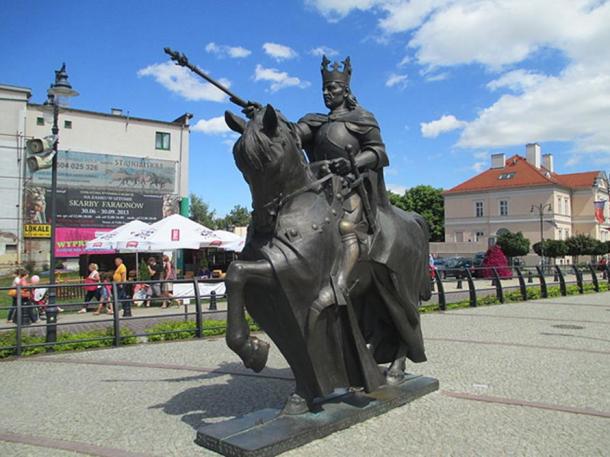
Featured image: Tomb of Casimir IV in the Wawel Cathedral, late Gothic masterpiece by Veit Stoss. ( Public Domain ) King Casimir IV Jagiellon. ( Public Domain )
By Natalia Klimczak
References:
Z. Święch, Klątwy, mikroby i uczeni, 1988.
odkrywcy.pl/kat,111394,title,Klatwa-na-Wawelu,wid,12177137,wiadom...
niewiarygodne.pl/kat,1023509,title,Klatwa-krolewskiego-grobu,wid,14841675,wiadomosc.html?smgajticaid=616c2c
www.kryminalistyka.fr.pl/forensic_groby_kazimierz.php
Kazimierz Jagiellończyk`s tomb, from late 15 century, one of the most spectacular and realistic. After opening his grave, mysterious things happened - scientists started dying.
The Curse of Kazimierz Jagiellończyk*






pl.wikipedia.org/wiki/Nagrobek_Kazimierza_IV_Jagiello%C5%84czyka
Władysław Warneńczyk, died at 20 in the battle


Kazimierz Wielki`s, one of greatest kings



Sigismund Old and August, father and son


More
www.katedra-wawelska.pl/historia-katedry/katedra-krolewska/
*
www.ancient-origins.net/history-famous-people/cursed-tomb-polish-king-casimir-iv-jagiellon-005712
The Cursed Tomb of the Polish King Casimir IV Jagiellon
When Howard Carter opened the tomb of King Tut and people who were with him started to become ill and die many thought that it was due to the curse of the pharaohs. A similar way of thinking appeared in the early 1970s in Crackow (Kraków, Poland), when a group of researchers opened the tomb of King Kazimierz Jagiellończyk, known also as Casimir IV Jagiellon.
In 1973, four of the twelve people in the group of archaeologists passed away shortly after the tomb of the king was opened. The media likened the story to the incidences which happened 50 years earlier in Egypt, after the opening of tomb KV62, which belonged to the young pharaoh Tutankhamun. It should be noted that this was still a period when microbiology was not very advanced in historical and archaeological research.
Opening the Tomb
In the 1970s, Poland was a socialist country and many types of research were not allowed. It was not easy to receive an agreement to examine many historical sites, so the excitement amongst the archaeologists who were granted permission for any kind of research was immense. Cardinal Karol Wojtyła, archbishop of Kraków, was a main supporter of the researchers who were studying King Kazimierz Jagiellończyk. As a person who seemed unstoppable, he was responsible for the final decision to allow the opening of the tomb. (A few years later, this priest became Pope John Paul II.)
500 years after the funeral of the king, people were about to examine his remains and discover the secrets which he took to his grave. The researchers hoped that the burial wasn't looted by Russians during World War II, as this had happened to many other royal tombs in Poland.
The king was buried in the chapel of Wawel castle, so the works took place in the church with the largest number of the royal remains in Poland. At the time, it was the number one topic in the Polish media, and people became obsessed with the medieval king, as was the case with Tutankhamun a few decades earlier.
At the same time, all of the researchers began to joke about a curse, which could take many of their lives. Unfortunately for them, the funny anecdotes became a prophecy.
The Life and Death of a King
King Casimir was born November 30, 1427 as the third and the youngest son of King Władysław II Jagiełło and his fourth wife, Sophia of Halshany. He became the Grand Duke of Lithuania in 1440 and the King of Poland in 1447. He ruled until the day of his death. The king is known in history as one of the most successful and politically active Polish rulers. During his reign, Poland defeated the Teutonic Order following the war known as the Thirteen Years War (1454 – 1466).
After the war, King Casimir recovered Pomerania and the most important city near the southern coast of the Baltic Sea – Gdańsk. Due to his actions, the Jagiellon dynasty became one of the leading royal families in Europe. The wisdom of his advisers strengthened the power of the Parliament and the Senate, and Casimir himself was considered one of the greatest kings of his times.
The final destruction of the Teutonic Order in this part of the world, adding Prussia to the Polish territory, and a good relationship with many European royal courts brought Casimir glory. Under his rule, Poland appeared to be a wealthy country which gained more status in Europe. With his position, the king received the English Oder of the Garter, the highest order of chivalry - which continues to be the most prestigious honor in the United Kingdom.
When Casimir died, he was 65 years old. On June 7, 1492, when Columbus was “discovering” America, the king died. It was a hot summer day in the castle of Grodno, which is currently a part of Belarus.
The funeral could only be held in Wawel castle in southern Poland. Due to the weather conditions, that was a challenge. He was buried in a simple wooden coffin and his naked body was covered with very expensive textile. The people who prepared him for his last travel to the capital city didn't know what happened to his body, but the process of decay was surprisingly fast for them, so they decided to cover the body of the king with calc. The closed coffin was then covered with textile and resin. The king was buried on July 11. After that the coffin became a biological bomb - which exploded 500 years later.
The fungus of the kings
When the researchers opened the tomb on April 13, 1973, they saw a rotted wooden coffin with the remains of the king. During the examination a few researchers died, some due to infections and others because of strokes. After a few days, four of the group had passed away, but during the next few years, many others died of cancer or other diseases. In total, it is believed that no less than 15 people who worked at the tomb or in the laboratories died because of contact with the remains of King Casimir IV Jagiellon.
After years of speculations, researchers finally discovered the real reason for the death of more than 15 people connected with the research. The killer was the same as in the Egyptian tomb – Aspergillus flavus, a saprophytic and a pathogenic fungus. This fungus caused the infections as it is toxic for mammals. It may cause asthma and allergies in some. However, if the being has poor immunity, the Aspergillus flavus may become a killer.
It is believed that the fungus appeared in the king’s tomb during medieval times and when the grave was opened it attacked everything around it. Nowadays, researchers are aware that people with lower resistance shouldn't visit tombs that may have this fungus within. Scholars who join the campaigns which explore ancient tombs must be healthy enough to not become victims of another ''curse''.
In the case of ancient Egyptian tombs, officials suggest that people who have recently undergone cancer treatment or with pulmonary diseases avoid visiting the sites, especially the ones where Aspergillus flavus has been found. Apart from this fungus, two more species were found in Casimir's tomb: Penicillim rubrum and Penicillim rugulosum. All of these produce aflatoxins, and together they can be deadly when inhaled.
The remains of King Casimir IV were reburied in the original tomb. Although the mystery of the curse seems to be solved, many tour guides still repeat the story of the king who didn't want to be disturbed. Like the story of Tutankhamun, some people still believe that the fungus couldn't have caused so much damage to the team of researchers, and claim that there must be a hidden truth to not disturbing the dead.
Statue of Casimir IV Jagiellon in Malbork.

Featured image: Tomb of Casimir IV in the Wawel Cathedral, late Gothic masterpiece by Veit Stoss. ( Public Domain ) King Casimir IV Jagiellon. ( Public Domain )
By Natalia Klimczak
References:
Z. Święch, Klątwy, mikroby i uczeni, 1988.
odkrywcy.pl/kat,111394,title,Klatwa-na-Wawelu,wid,12177137,wiadom...
niewiarygodne.pl/kat,1023509,title,Klatwa-krolewskiego-grobu,wid,14841675,wiadomosc.html?smgajticaid=616c2c
www.kryminalistyka.fr.pl/forensic_groby_kazimierz.php









